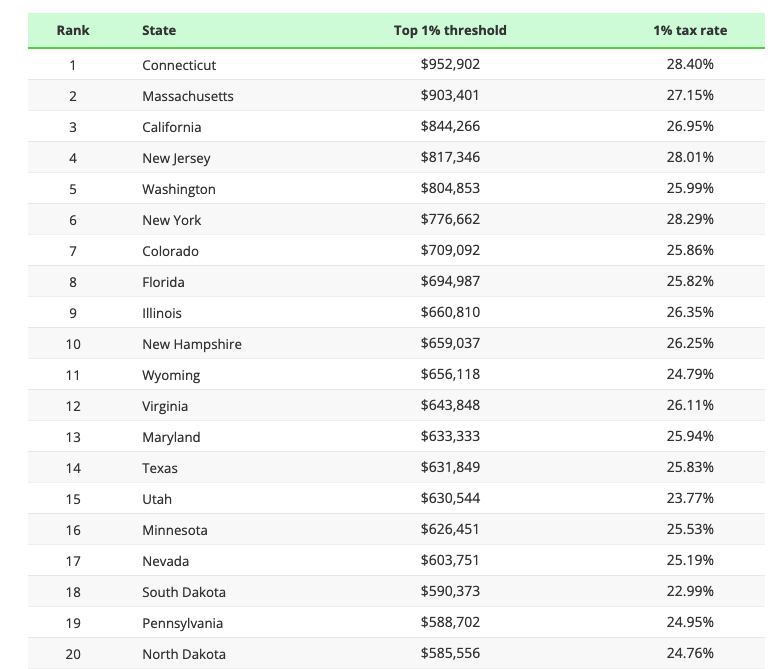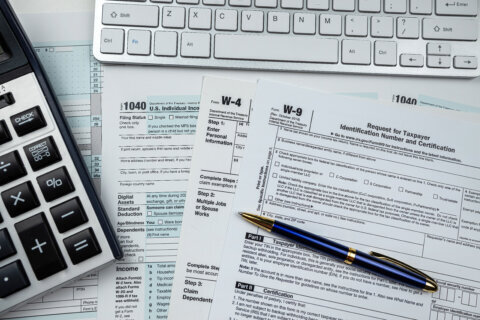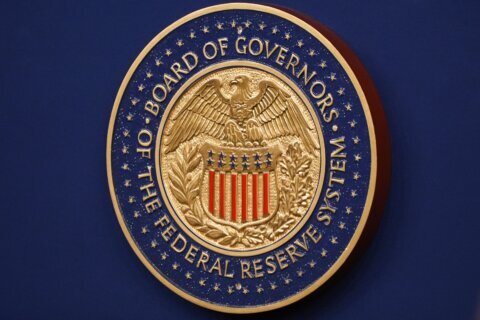What’s it take to be a 1-percenter in D.C.? It’s more than $1 million.
When compared to states, the District now tops Connecticut for the household income required to join the 1% club.
Using Bureau of Labor Statistics, financial website Smart Asset ranked states on the minimum household income required to be in the top 1% of earners as of 2023. In the District, it is now $1.014 million a year.
The analysis looked at states only but included D.C. It did not rank metropolitan areas.
Connecticut ranked No. 1 among states and No. 2 behind D.C., with the minimum entry-level for 1-percenters of $952,902.
This year, Connecticut was followed by Massachusetts ($903,401), California ($844,266), New Jersey ($817,346) and Washington state ($804,853).
Virginia ranked No. 12 at $643,848, and Maryland ranked No. 13 at $633,333.
Nationwide, the threshold for top 1% of household incomes in 2023 was $652,657, eight times as much as the average U.S. household income of $75,000.
Connecticut may be top among states, but the top 1% paid their fair share in taxes, with an effective tax rate in 2023 of 28.4% — the highest in the nation. New York, Colorado, Florida, Illinois and New Hampshire rounded out the top 10.
The lowest threshold for top 1% of household incomes by state was West Virginia at $367,852.
Smart Asset noted that American wealth is increasingly becoming concentrated at the top of the economic ladder. The top 1% of household earners account for more than a third total wealth in the U.S., up from 27% in 1989, according to the Congressional Budge Office. The bottom half of all households control 2% of household wealth.
Below is a chart of the top 20 states for 1% income, and those states’ effective tax rates.









